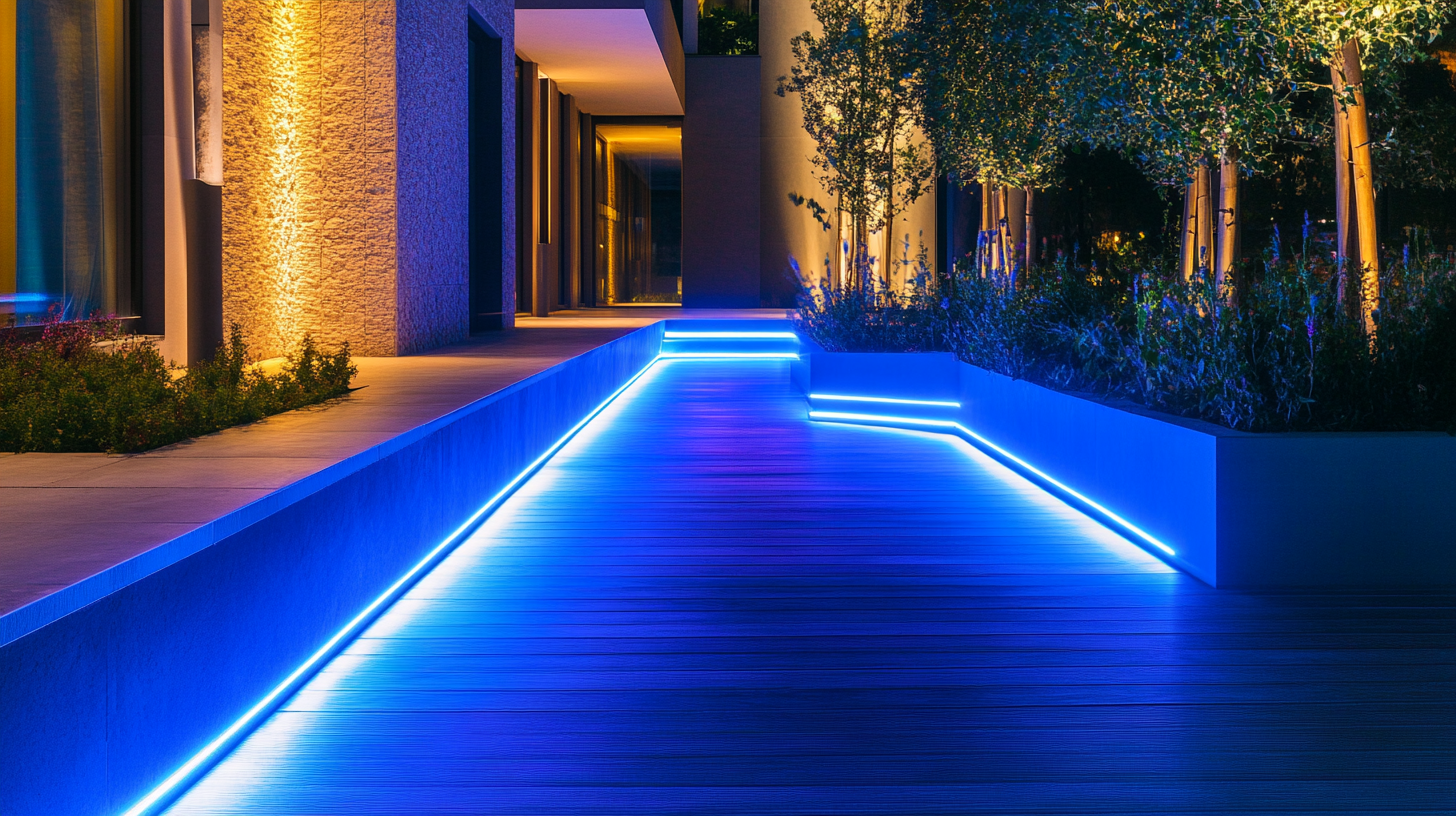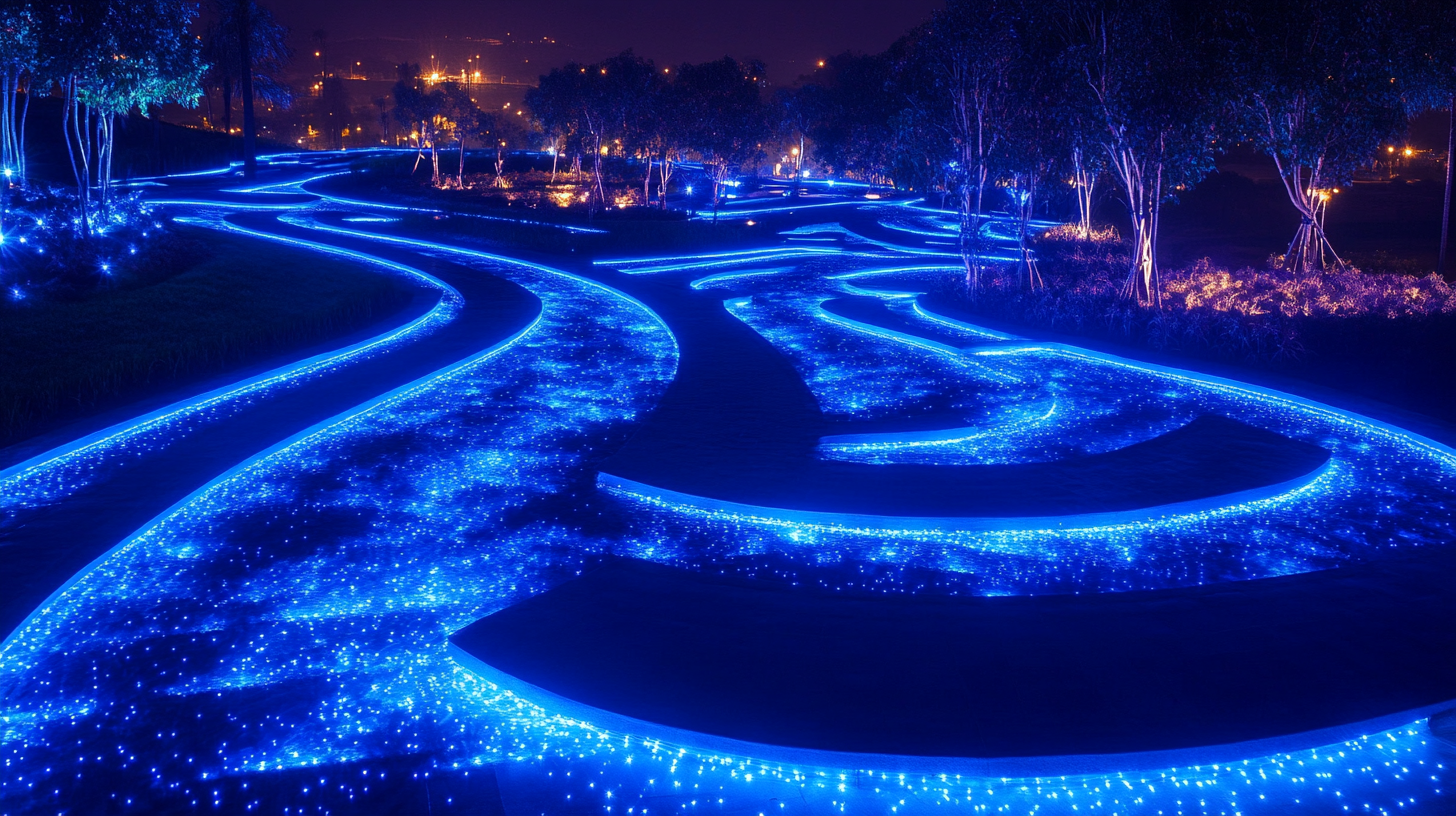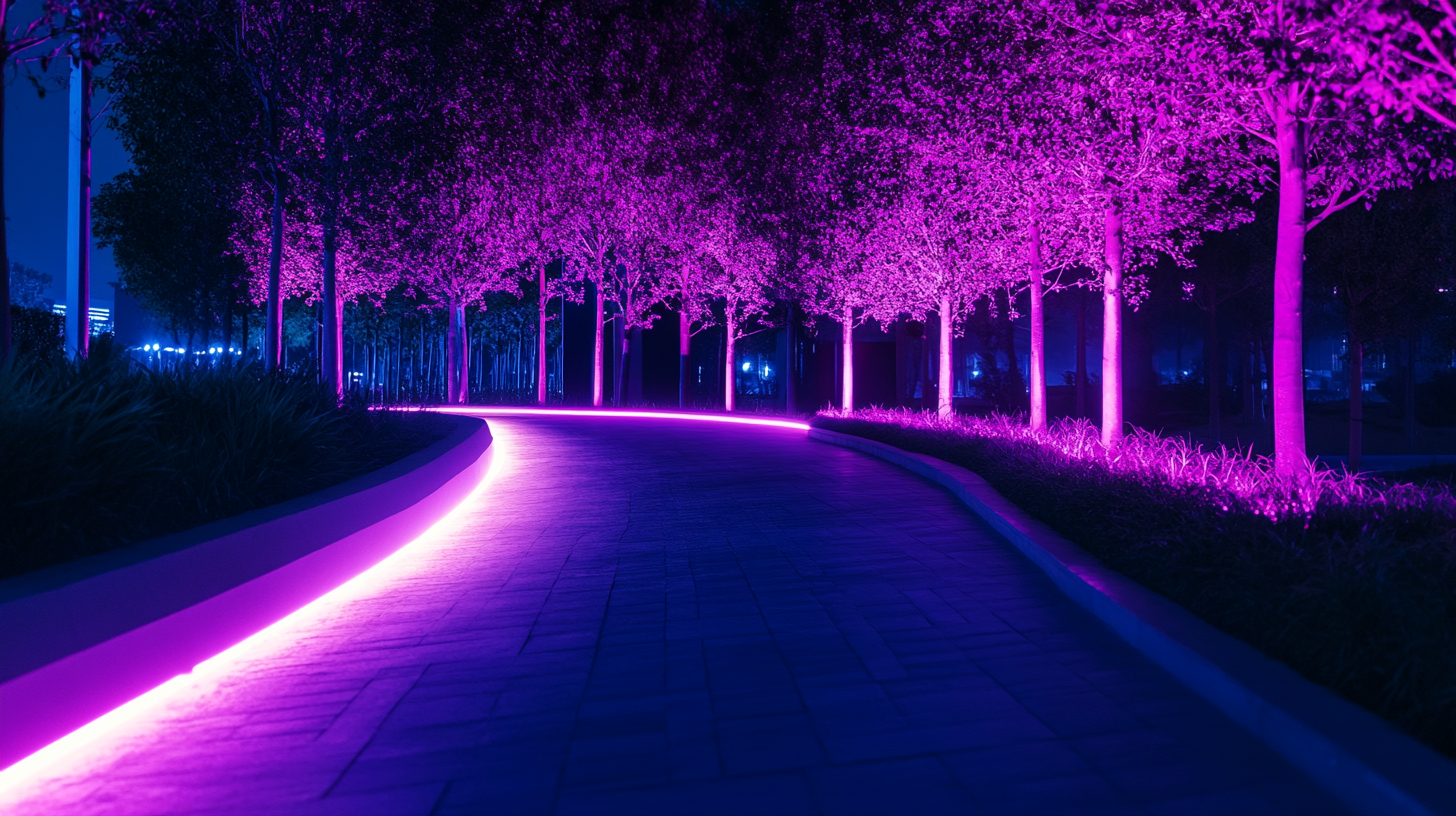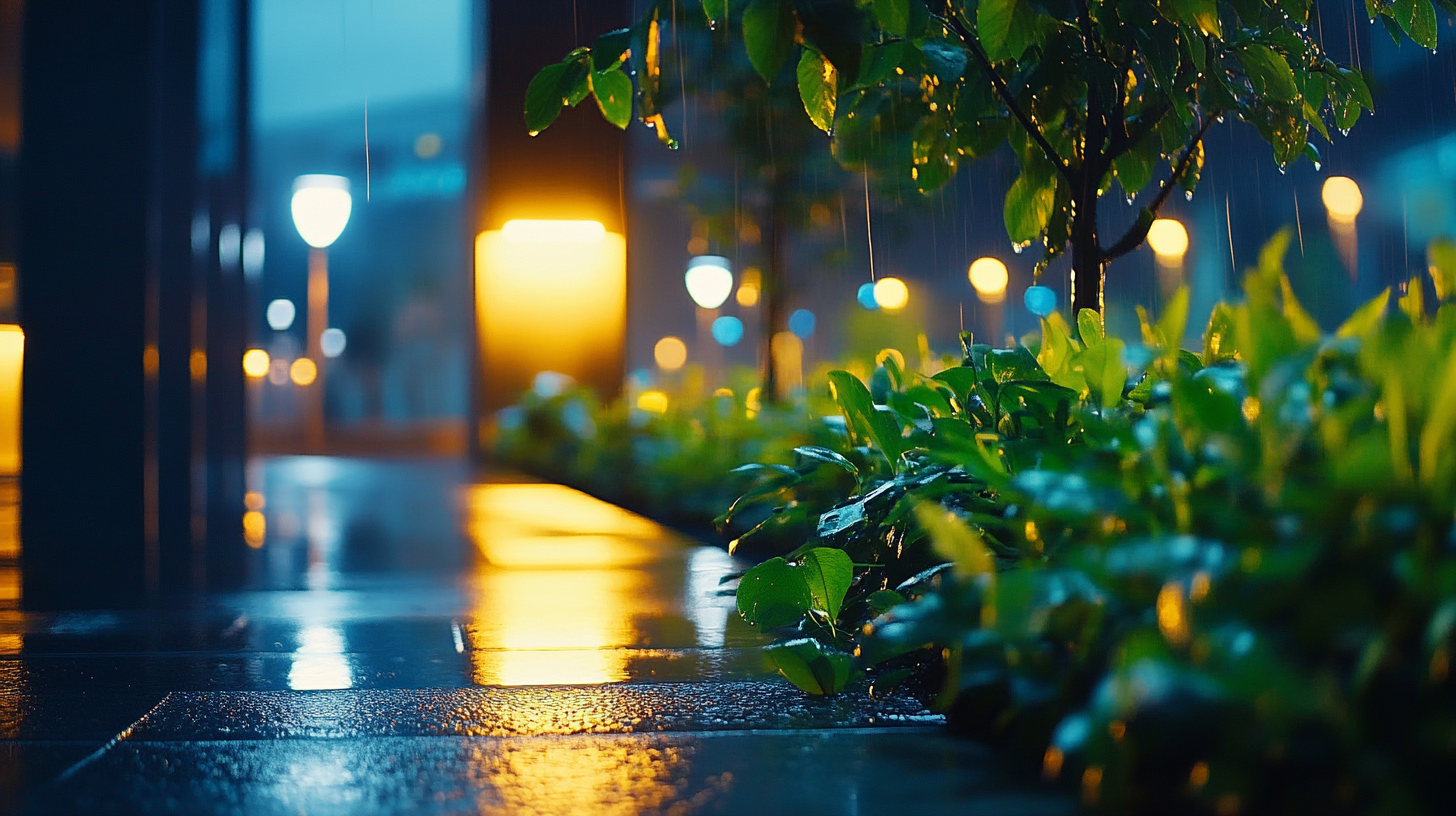Future Innovations in LED Landscape Lighting and Key Strategies for Global Procurement Success
In recent years, the demand for LED landscape lighting has significantly increased, driven by a growing awareness of energy efficiency and sustainable design. According to a report by the U.S. Department of Energy, LED lighting consumes up to 75% less energy than traditional incandescent lighting and lasts 25 times longer, making it a compelling choice for landscaping applications. The shift towards eco-friendly solutions is also evidenced by the global LED landscape lighting market, which is expected to reach $4.1 billion by 2026, reflecting a CAGR of 13.5% from 2021. This surge in demand highlights the necessity for stakeholders to stay ahead of technological advancements and evolving consumer preferences.
As we look towards the future, it becomes imperative to adopt key strategies that ensure successful global procurement in the LED landscape lighting sector. Companies must prioritize innovation in design and functionality, exploring smart technology integrations such as IoT-enabled systems that enhance user experience and energy management. Furthermore, collaborating with leading manufacturers and suppliers globally will be crucial in overcoming challenges related to raw material shortages and supply chain disruptions. By implementing these strategies, industry players can effectively navigate the competitive landscape and capitalize on the growing opportunities within the LED landscape lighting market.

Emerging Trends in LED Technology for Landscape Lighting
As the world of outdoor lighting evolves, the integration of LED technology continues to shape landscape illumination trends. According to TrendForce's latest report, the global LED lighting market is expected to grow significantly, with notable advancements steering consumer preferences towards color, control, and connectivity. Landscape lighting manufacturers are responding to these demands, creating solutions that offer personalized outdoor experiences. From vibrant color options to intricate control systems, the push for a customizable ambiance is more pronounced than ever. Another notable trend in outdoor landscape lighting is the shift towards smarter, smaller designs. As technology advances, LEDs are becoming increasingly compact while enhancing functionality. This decrease in size does not come at the expense of performance; instead, it allows for innovative designs that seamlessly integrate into various outdoor environments. Moreover, product offerings are expanding to include features that enable automation and remote control, allowing users to manage their lighting systems from anywhere. The outdoor landscape lighting market is also witnessing substantial growth in the Asia-Pacific region, which is projected to account for 44% of the industry expansion. This growth is fueled by rising demand for diverse LED applications, indicating a robust future for outdoor lighting in both residential and commercial spaces. As more consumers prioritize energy-efficient and aesthetically pleasing solutions, the landscape lighting industry is poised to thrive with innovative approaches that enhance both the functionality and security of outdoor areas.

Sustainable Practices in LED Manufacturing and Sourcing
Sustainable practices in LED manufacturing and sourcing are increasingly shaping the future of landscape lighting. As environmental concerns grow, manufacturers are seeking innovative ways to reduce waste and energy consumption while emphasizing the use of eco-friendly materials. This shift not only caters to an expanding market of environmentally conscious consumers but also aligns with global sustainability goals. Companies are now prioritizing life-cycle assessments of their products, ensuring that every stage—from raw material extraction to disposal—minimizes ecological impact.
Moreover, sourcing strategies are evolving to incorporate sustainability into procurement processes. Businesses are turning to suppliers who demonstrate a commitment to ethical practices and sustainability. This approach fosters collaboration with companies that utilize renewable energy in their manufacturing processes or those that implement circular economy principles. By sourcing from such suppliers, companies can enhance their own sustainability credentials and appeal to a clientele that values ethical consumption.
Additionally, advancements in LED technology are paving the way for even greener solutions. Innovations like smart lighting systems not only reduce energy use but also improve urban aesthetics and safety. As the industry progresses, the integration of sustainable practices in both manufacturing and procurement will be crucial for companies looking to thrive in the competitive landscape of LED solutions. The future of LED landscape lighting is not just about illumination; it’s about lighting the way towards a more sustainable world.

Key Procurement Strategies for Global LED Landscape Lighting
As the demand for LED landscape lighting grows, so does the complexity of global procurement strategies in a tumultuous supply chain environment. The recent global disruptions have highlighted the necessity for businesses to develop resilient sourcing strategies that can withstand external shocks such as pandemics or geopolitical tensions. One emerging strategy is local and strategic sourcing, which focuses on building relationships with suppliers within close geographic proximity. This approach not only mitigates the risk of long supply chains but also enhances responsiveness and adaptability in fluctuating markets.
Moreover, leveraging technology plays a crucial role in revolutionizing procurement processes. The integration of data analytics and artificial intelligence allows companies to gain deeper insights into market trends and supplier dynamics. By harnessing these technologies, businesses can make informed decisions that optimize procurement, balancing cost efficiency with the need for resilience. Importantly, category-specific analyses can help organizations identify innovative alternatives to traditional sourcing methods, paving the way for more robust supply chains capable of supporting the growing LED landscape lighting industry.
Navigating the current landscape requires procurement professionals to rethink their strategies thoroughly. As businesses emphasize the importance of resilience amidst uncertainty, the focus will undoubtedly shift toward strategies that not only prioritize cost-effectiveness but also ensure sustainability and reliability in sourcing. By adapting these methods, companies can position themselves to thrive in the ever-evolving market of LED landscape lighting.

The Role of Smart Technology in Future Landscape Lighting Solutions
As the demand for energy-efficient and aesthetically pleasing outdoor lighting grows, the role of smart technology in landscape lighting solutions is becoming increasingly important. In the near future, we are likely to see advancements in LED lighting systems that are not only more efficient but also connected and programmable. Smart technology will enable users to control their outdoor environments through mobile applications, allowing for real-time adjustments to brightness, colour, and even timing. This level of customization enhances the user experience and optimizes energy consumption by ensuring lights operate only when needed.
Moreover, the integration of sensors and IoT (Internet of Things) technologies will allow landscape lighting to respond to environmental changes. For instance, lights could automatically adjust based on ambient light levels or weather conditions. This adaptability not only improves the functionality of LED lighting but also contributes to sustainability efforts by minimizing unnecessary energy use. As cities increasingly adopt 'smart city' initiatives, the incorporation of these intelligent systems will be a crucial component in urban planning and outdoor design.
The combination of smart technology with LED landscape lighting not only promises to elevate the aesthetic appeal of outdoor spaces but also prioritizes sustainability and efficiency. As procurement strategies shift toward acquiring innovative and adaptable systems, understanding the potential of these technologies will be key for stakeholders in the industry. Embracing this shift towards smarter landscape solutions can lead to more dynamic, responsive, and ultimately, more beautiful outdoor environments.
Challenges and Opportunities in Global LED Supply Chains
As the lighting industry continues to evolve, the challenges and opportunities within global LED supply chains remain a focal point of discussion. Diversification of supply chains is becoming increasingly vital, especially with Southeast Asia emerging as a key manufacturing hub. This region offers logistics companies a strategic advantage to streamline operations and mitigate risk, allowing for a more resilient supply chain framework in an ever-changing global market.
The ongoing pandemic and geopolitical tensions have underscored the fragility of global supply chains, emphasizing the need for businesses to adapt. The digital transformation sweeping through supply chains offers a unique opportunity to enhance visibility and efficiency, enabling companies to better foresee and respond to disruptions. The importance of integrating technology into procurement strategies cannot be overstated, as it provides a clearer line of sight through the complexities of today’s supply networks.
Moreover, as industries pivot towards sustainability, the impact of supply chain disruptions on economic recovery becomes more pronounced. Companies need to incorporate sustainable practices while navigating the dynamic landscape of global trade. This requires not only innovation in product offerings, such as energy-efficient LED solutions, but also a strategic approach to procurement that aligns with evolving consumer expectations and regulatory requirements. Embracing these changes presents both challenges and significant opportunities for those willing to innovate and adapt.


